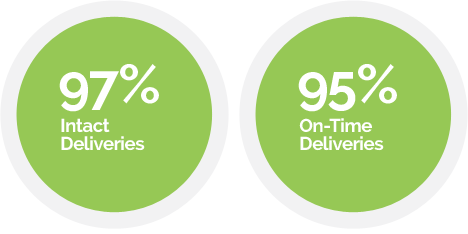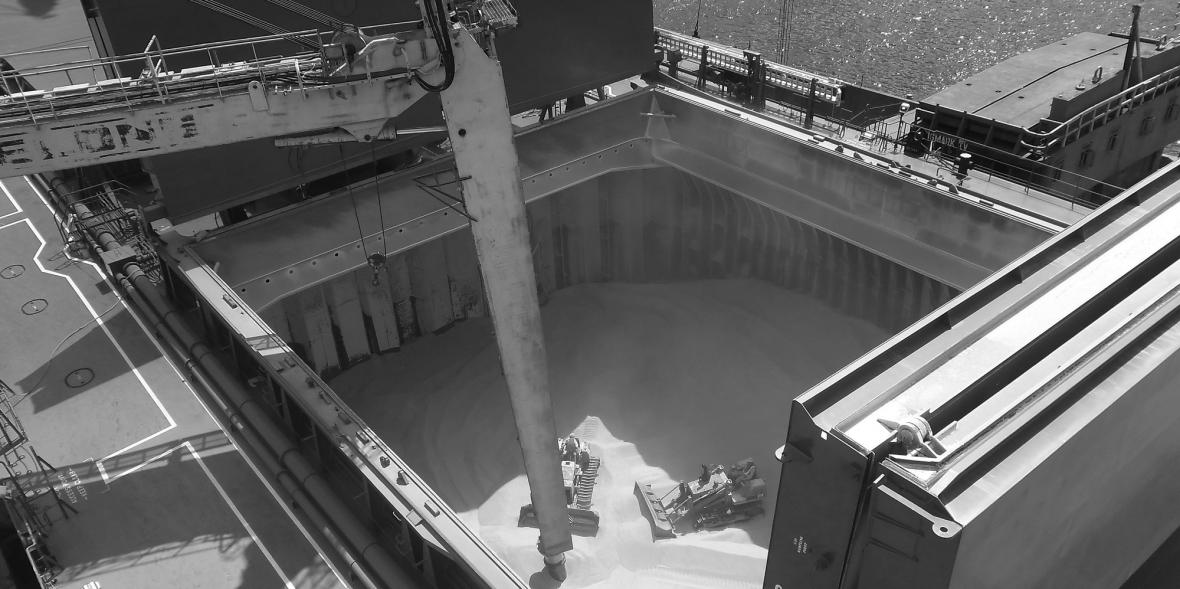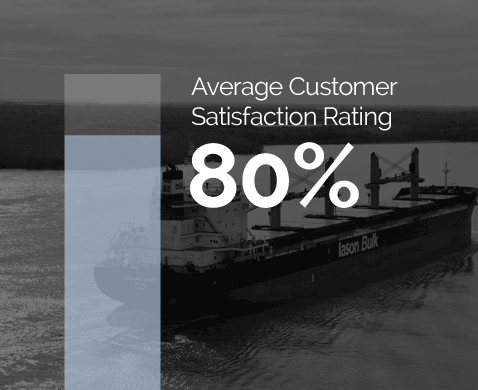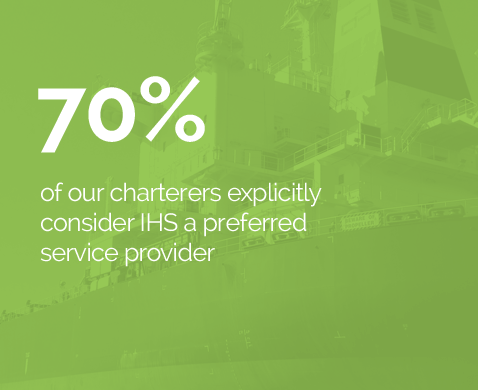We have historically generated about 50% of revenue from short-to-medium-term period time charters, but have also been tactically focused on operating vessels in the spot time charter trip and voyage markets. When managed vessels are chartered on period we stage their time charter commitments so that they expire progressively in order to mitigate the effects of the cyclical freight market.
Through a combination of short and medium-term charters, we have positioned our managed fleet to cater to the needs of a select number of global trading houses and world-class vessel operators. Considering the fleet profile, we have steered our interest primarily to higher-end clean cargoes transported on both typical and diverse trading routes while maintaining presence in the traditional energy and infrastructure-related coal cargo trades.

By focusing our managed fleet on a narrower set of trading routes, we derive near term cost efficiencies and freight rate advantages, while providing increased flexibility and added-value services to our customers.
We are determined to continually assess the various markets and seek for opportunities where we are poised we can deliver the most value to our customers.
We seek to provide our select group of customers with distinctly reliable and value-added services while we also actively seek to measure our effectiveness in meeting the needs of such a demanding customer base and continuously monitor our progress through customer feedback.
Our customers' feedback validates that our emphasis on operational risk management, energy management, commercial mind-set, as well as, our fairness and reliability as a business partner, is highly valued.
This allows us to achieve a high degree of fleet utilization on first class charters and a robust hire premium, in both times of increased freight demand and in challenging chartering markets.
Our customers' feedback validates that our emphasis on operational risk management, energy management, commercial mind-set, as well as, our fairness and reliability as a business partner, is highly valued.
We operate Kamsarmax and Ultramax size class vessels that have evolved from the Panamax and Supramax size classes respectively, offering outstanding transport economies to our customers. In this regard, we closely follow trends and the development of our customers’ needs in order to offer them, along with our services, efficient assets that best fit the needs of their respective trades.

Grain transport represents about 50% of the total volume of cargoes we transport annually and coal about one third or 27%. The remaining transport capacity is allocated to minerals, phosphate, bauxite and alumina, and iron ore.

Major bulk cargo represents the vast majority of dry bulk cargo by weight, and comprises, among other things of iron ore, coal and grain. Minor bulk cargo represents the balance of the dry bulk industry, and comprises of agricultural products, mineral cargoes, cement, forest products and steel products.
Minor bulk cargo had been in the core of our business before, but has progressively given way to major bulk cargo that currently represents our primary area of concentration.
Our managed fleet is well placed to gain from the transportation of a diverse array of cargoes and trading routes, owed to the increased versatility that our managed vessels are able to offer.
We are determined to continually assess the various markets and seek for opportunities where we are poised we can deliver the most value to our customers.



